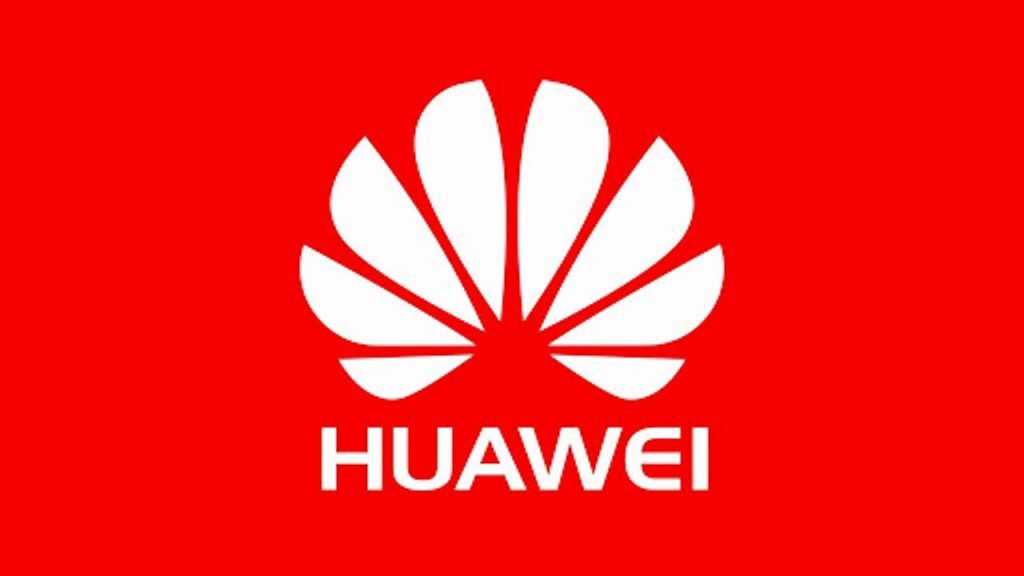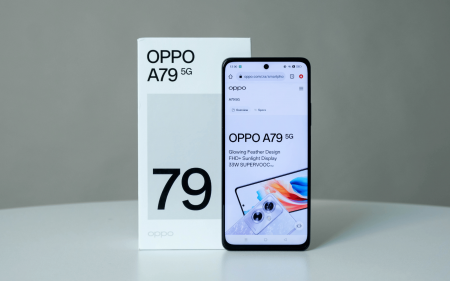Huawei lost out on a lot when The Orange One consigned it to the hell that is the Entity List – smartphone sales dropped in western countries and the company lost access to the most used mobile operating system on the planet – Android.
Well, sorta. Android still exists on Huawei’s devices but it’s lacking all manner of Google Mobile Services (GMS) support – like Maps, the Play Store and Gmail to name a few. You know, the stuff we’ve all built our lives around. Huawei has built its own replacement, in the shape of HMS, and now the company’s got one more target in its sights – mobile ad revenue.
Please ad me
The Chinese smartphone maker is rolling out HUAWEI Ads (yes, the caps are part of the name), a “…supply-side and demand-side, real-time advertising marketplace through which media companies transact ad impressions with accountability, using programmatic technology, [which] includes a monetization tool for app publishers.”
Long story short, it hopes to handle ads for developers, publishers and outside parties like anyone who wants to talk to the company’s user base. In so doing, it’ll (possibly) pull some of the ad revenue that goes to Google’s equivalent, by serving up access to its users.
Huawei’s MD for the MEA region, Adam Xiao, said, “Our clients…are looking for a one-stop-shop tool to support them in achieving their strategic goals and, at HMS, we are doing just that. We have built our own ad exchange to facilitate both sides, powered by continuous innovation and tech capabilities in AI [Artificial Intelligence] and ML [Machine Learning].”
The service is currently in beta; and allows its customers to “…efficiently carry out brand awareness campaigns, maximize user reach, user growth, and reach other marketing goals.”
Which perhaps isn’t of massive interest to the average smartphone users, unless they’re also an app developer. But it does point towards the Chinese company hoping to expand and improve its mobile offering, by taking on more of Google’s functions itself. And the tech-maker definitely has plans in that direction. Its current ads push, though restricted to mobile for now, will eventually encompass, in addition to the smartphone user-base, “…users of smart TVs, tablets, PCs, and the wider IoT (Internet of Things).”





